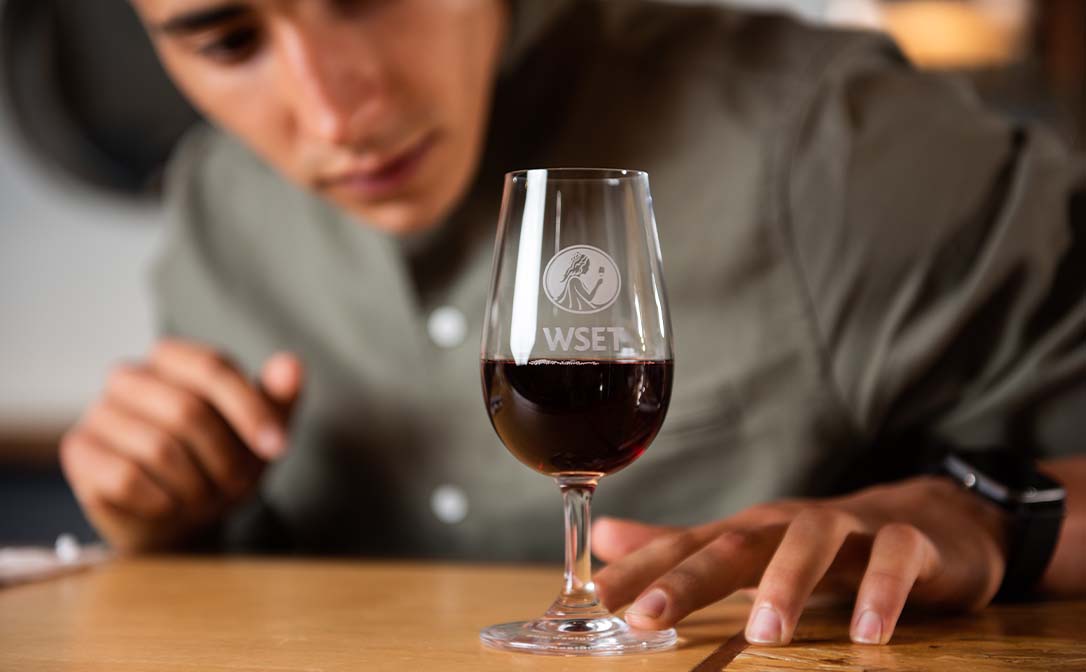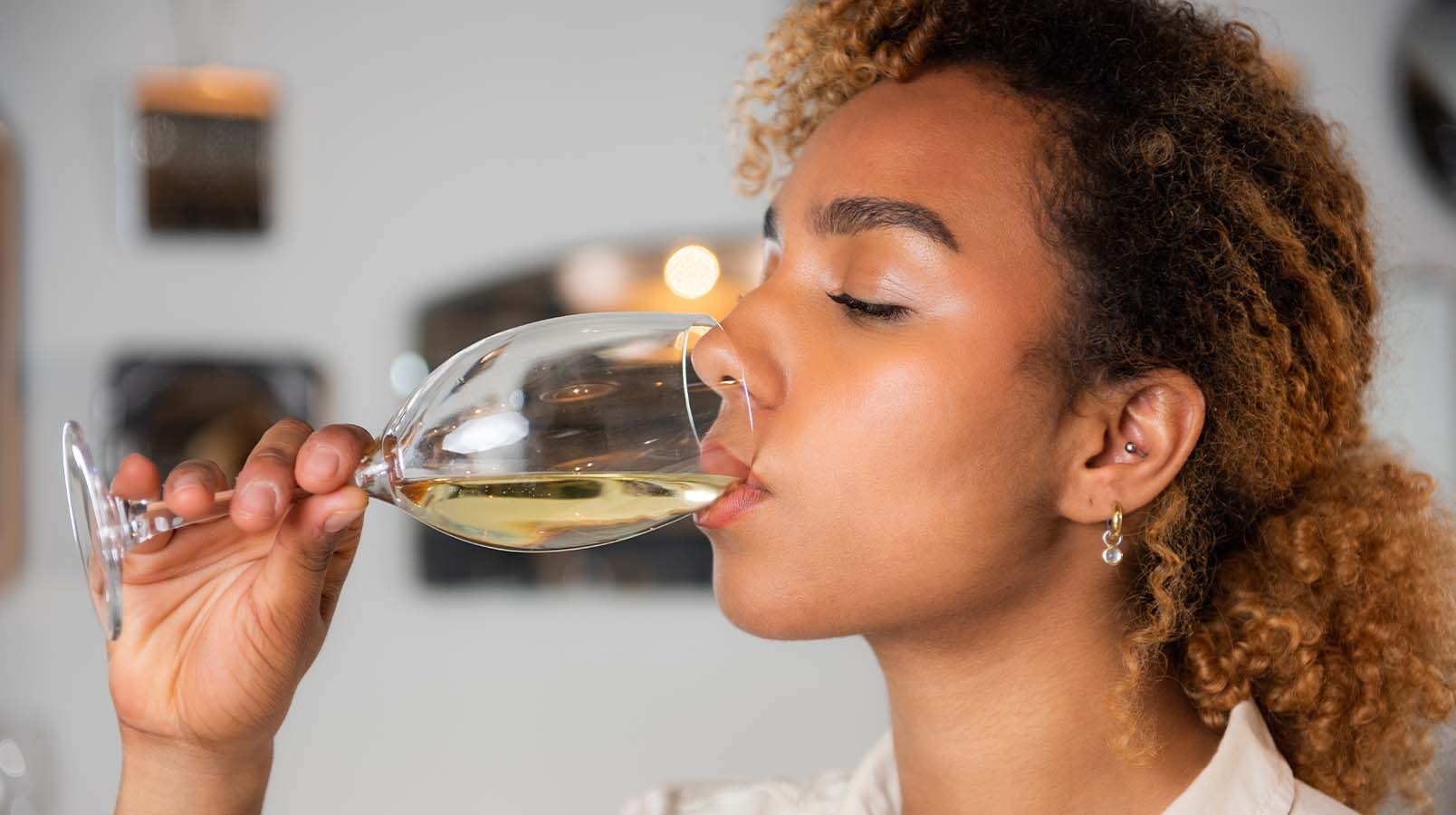Or to put it another way, how can experts sense various fruits and spices in something which we would just describe as 'nice'? This article can explain how to taste wine and will help us all to enjoy more from wine tasting.
Let’s start with the burning question:
Why do we only get a tiny glass of wine at a wine tasting?
This is important and is key to smelling more aroma in the wine. All the aromas in a wine are stuck in liquid form. We need to get those aromas out of the wine and into the air so that our nose can detect them. This is why the glass is swirled around. We are gently moving the wine so that its aromas will mix with the air in the glass. If our glass is too full, we can’t do this effectively.
Try this technique the next time you pour some wine. Pour a small amount into your glass and sniff it. Then gently move the glass to swirl the wine around. This is easier if you keep the glass on the table. Now have another sniff. Do you notice any stronger aromas? Are there any new aromas which you didn’t detect before?
Keen to start learning how to taste? Our Level 2 Award in Wines introduces you to the WSET Systematic Approach to Tasting (SAT), on which you'll learn how to correctly assess and identify the appearance, nose, palate and quality of wines. Tap here to find out more.

Learn about wine tasting in the Level 2 Award in Wines
When do we get to taste it?
Hold on there. Don’t knock back your wine just yet, there is a little more to it. We need to start with how we taste food or wine in the first place. Our tongue is an amazing organ, covered with little taste buds that can sense acidity, salinity, sweetness and bitterness. But we don’t taste most of the flavours, we smell them.
Hear me out! The back of our throat is connected to our nose and as our food and drink warms up in our mouth, the aromas are released. These aromas travel up the back of our throat and into our nose.
How to taste wine?
Don’t believe me? Think about when you have a cold and your nose is blocked. Our food and drink taste dull, sometimes flavourless. The aromas aren’t able to travel to our nasal receptors, so we miss out on a lot of the flavour. To sense more flavour in our wine, we need to use the same principle as when we mix the wine with air in our glass. We need to release the aromas and flavours into the air in our mouth order to sense them.
Why do people 'chew' their wine?
You can probably guess the answer to this one now. They are mixing the wine with air in their mouth to release more of the aromas. There is a trick to this, the ‘reverse whistle’ technique. There are two ways to practise this, and the key is to take a small sip!
Take a sip then carefully tip your head forward and suck in a little air through the wine. Or you can keep your head level after sipping, suck in a little air and mix it around with your tongue.
You can try either method but keep the wine in your mouth while you breathe out through your nose. Again, did you notice any new flavours or aromas when you tried this?
The action of mixing the wine with air means we can sense more flavour and aroma from it. Plus the wine stays in our mouth longer before we swallow. This gives our taste buds and nasal receptors time to detect and assess the flavours and aromas. You don’t have to do this with every mouthful, but pausing to try this technique on each new drink will mean you are able to enjoy more of your wine.
Want to know more?
If this has made you keen to learn more about wine tasting, sign up for a WSET course today! As well as expanding your knowledge about all things vinous, all four levels of WSET wine qualifications help you to develop your tasting skills using WSET’s Systematic Approach to Tasting (SAT)®, a system of tasting designed to assist you to take clear, accurate and consistent tasting notes.
Find the level right for you and read on for more details about our qualifications in wine.
Prepared for WSET by Pauline O'Connor DipWSET, freelance writer and author.
Related content:


